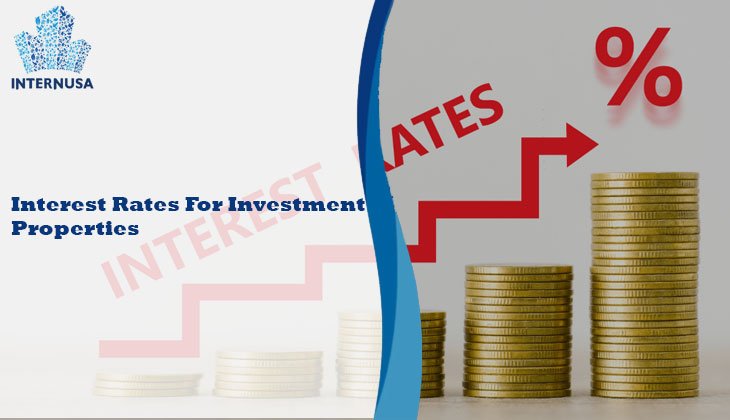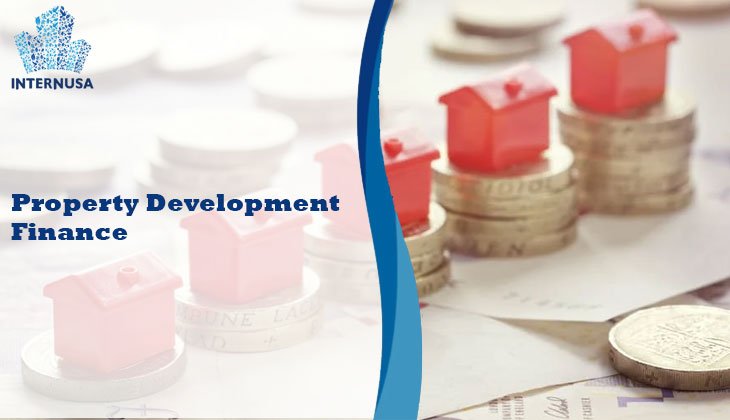What is Fundrise and How Does It Work?
Real estate has long been considered one of the most reliable ways to build long-term wealth. However, buying property requires significant capital, making it difficult for many individuals to enter the market. This is where Fundrise comes in. As a leading real estate crowdfunding platform in the United States, Fundrise allows everyday investors to access high-quality real estate projects with relatively small amounts of money.
In this article, we’ll explore what Fundrise is, how it works, its advantages, risks, and whether it’s a good choice for you.
What is Fundrise?
Fundrise is an online real estate investment platform founded in 2012. It enables individuals to invest in a diversified portfolio of real estate assets—such as apartment buildings, commercial properties, and housing developments—without having to buy entire properties themselves.
Instead of requiring millions of dollars, Fundrise opens the door to property investment with as little as $10 to $500, depending on the plan. The platform has grown rapidly and is now one of the largest real estate crowdfunding services in the U.S., managing billions in assets for hundreds of thousands of investors.
In simple terms, Fundrise acts as a bridge between small investors and large-scale real estate projects.
How Does Fundrise Work?
To understand how Fundrise operates, let’s break it down into clear steps:
1. Investors Contribute Capital
Anyone can start investing with a relatively small amount of money. Fundrise offers different account levels, allowing investors to choose how much they want to commit, starting from just $10.
2. Pooled Investment Through eREITs and eFunds
The money collected from investors is pooled together and allocated into vehicles called eREITs (Electronic Real Estate Investment Trusts) and eFunds.
-
eREITs focus on income-producing properties, such as rental apartments or office spaces.
-
eFunds focus on real estate development projects, like building new housing communities.
3. Fundrise Invests in Properties
With these funds, Fundrise acquires, develops, and manages real estate projects across the United States. These can include:
-
Multi-family apartments
-
Single-family rental homes
-
Commercial buildings
-
Housing developments
4. Investors Earn Returns
Profits are generated primarily in two ways:
-
Dividends from rental income or loan interest.
-
Appreciation when properties increase in value over time.
Returns are distributed quarterly, and investors can track their performance directly through the Fundrise app or website.
Benefits of Investing with Fundrise
Fundrise has become popular for several reasons. Here are some of the main benefits:
✅ Low Barrier to Entry
Unlike traditional real estate investing, which requires large sums of money, Fundrise allows individuals to start small.
✅ Diversification
Your money is spread across multiple properties and markets, reducing the risk compared to investing in a single asset.
✅ Passive Income
Investors receive quarterly dividends without having to manage tenants, repairs, or property taxes.
✅ Professional Management
Fundrise handles the acquisition, development, and management of properties, so investors don’t need real estate expertise.
✅ Transparency and Technology
Through the platform’s dashboard, investors can see exactly where their money goes and how their investments perform.
Risks of Fundrise
Of course, like any investment, Fundrise is not without risks. It’s important to be aware of them:
⚠️ Lack of Liquidity
Unlike stocks that can be sold instantly, Fundrise investments are designed to be held for 5 years or more. Withdrawing funds early may come with restrictions.
⚠️ Market Risk
If the real estate market declines, property values and rental income may decrease, affecting returns.
⚠️ Platform Risk
As a private company, Fundrise itself carries operational risks. While regulated, it is still different from traditional publicly traded REITs.
⚠️ Limited International Access
Fundrise primarily serves U.S.-based investors. Those outside the United States may face restrictions.
Who Should Consider Fundrise?
Fundrise may be suitable for:
-
Investors seeking diversification beyond stocks and bonds.
-
Individuals looking for passive income through real estate.
-
Long-term investors comfortable with a 5+ year horizon.
-
Beginners who want exposure to real estate but lack the capital or expertise to buy properties directly.
It may not be the best option for:
-
Short-term investors who need quick access to their money.
-
Those unwilling to accept the risks of the real estate market.
Fundrise vs. Traditional Real Estate Investing
To highlight the difference:
| Aspect | Fundrise | Traditional Real Estate |
|---|---|---|
| Minimum Investment | As low as $10 | Tens of thousands of dollars |
| Diversification | Across multiple projects | Usually limited to one property |
| Management | Handled by professionals | Managed by the investor |
| Liquidity | Limited, long-term hold | Can sell property, but complex |
| Effort Required | Passive | Active (tenants, repairs, etc.) |
Conclusion
Fundrise has transformed the way people think about real estate investing. By lowering the entry barrier and leveraging technology, it allows everyday investors to gain exposure to high-quality properties with minimal effort.
However, like all investments, it comes with risks, particularly regarding liquidity and market fluctuations. For those with a long-term outlook who want diversification and passive income, Fundrise can be an attractive option.
As with any financial decision, potential investors should evaluate their goals, risk tolerance, and time horizon before committing.







